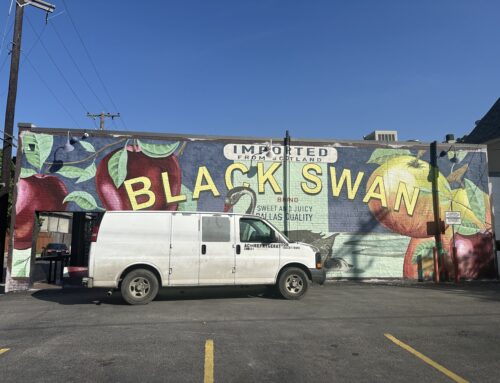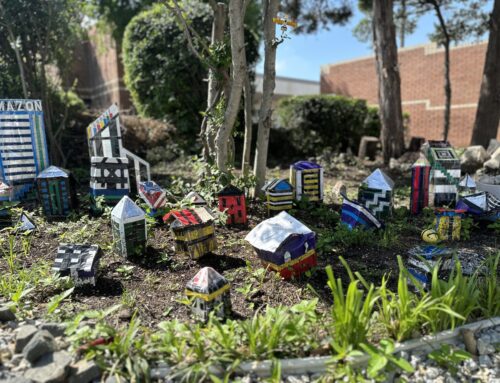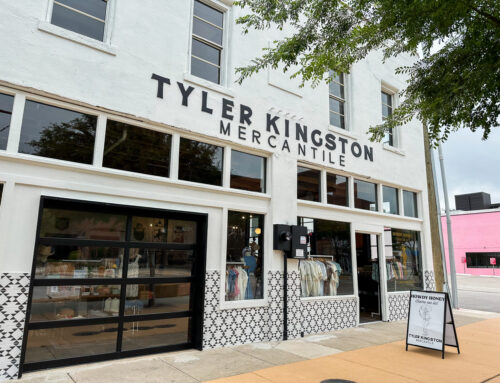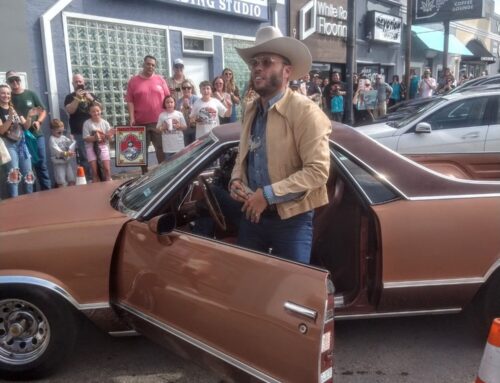“Attractive garage apartment, couple. Available 1st. 5831 Prospect,” reads an October 1938 advertisement in the Dallas Morning News. “New 3-room garage apartment, refrigeration, nicely furnished. 1818 Moser,” reads another that November.
Garage apartments, back houses and granny flats are part of East Dallas’ history. During the Great Depression, neighbors converted garages into apartments for struggling family members. They rented back houses to supplement their own income.
These rentals — technically called “Accessory Dwelling Units” — were legal until the mid-1970s. Then, ADUs were banned in hopes of curbing second-rate living conditions in South Dallas.
Until this past June, the Board of Adjustment only allowed ADUs if they were not a money-making venture and didn’t disturb the neighbors. It allowed homeowners to care for aging parents and, in theory, prevented commercialization.
Of course, residents operated them illegally with minimal consequences from the city.
Some officials worried that ADUs created traffic congestion, sunk property values and placed an additional burden on ever-busy code compliance. But affordable housing is in short supply, and a few city council members consider ADUs to be part of the solution, much like they were in the 1930s. After three years of debate, the Dallas City Council approved an ordinance this past June that allowed them to be built and rented.
“In some ways, I see this as a return to the original development in East Dallas,” City Councilman Philip Kingston recently said at a community meeting.
Besides benefiting families assisting the elderly or children who “failed to launch,” ADUs create diversity and prevent neighborhoods from aging out, Kingston said. People like teachers, firefighters and police “who can’t afford to buy can stay in the neighborhood,” he says.
Neighbors can receive approval for an ADU two ways:
- Apply to the Board of Adjustment for a special exception.
- Create an Accessory Dwelling Unit Overlay, where ADUs will be allowed within a specific community. This involves a neighborhood petition process and an authorized hearing with the City Council or City Plan Commission .
If you’re worried that ADUs will overtake the city like, let’s say, Lime Bikes once cluttered White Rock Lake, rest assured that won’t likely happen. Dallas researched other cities, like Austin, to see the impact of the ordinance. Austin has a population of about 950,000 people, and 200 additional ADUs have been rented or constructed.
If you’re so inclined to make a little extra cash, these are the main requirements:
- The ADU can’t be sold separately, and there must be additional water, sewer and electrical utility service on the lot.
- At least one off-street parking space is required, unless the property is located within 1,200 feet of a DART bus or transit stop.
- The ADU must be between 200 square feet (which, for the record, is incredibly tiny) and 700 square feet or 25 percent of the main house’s floor area.
- The ADU should be similar in color and style to the pre-existing home.





